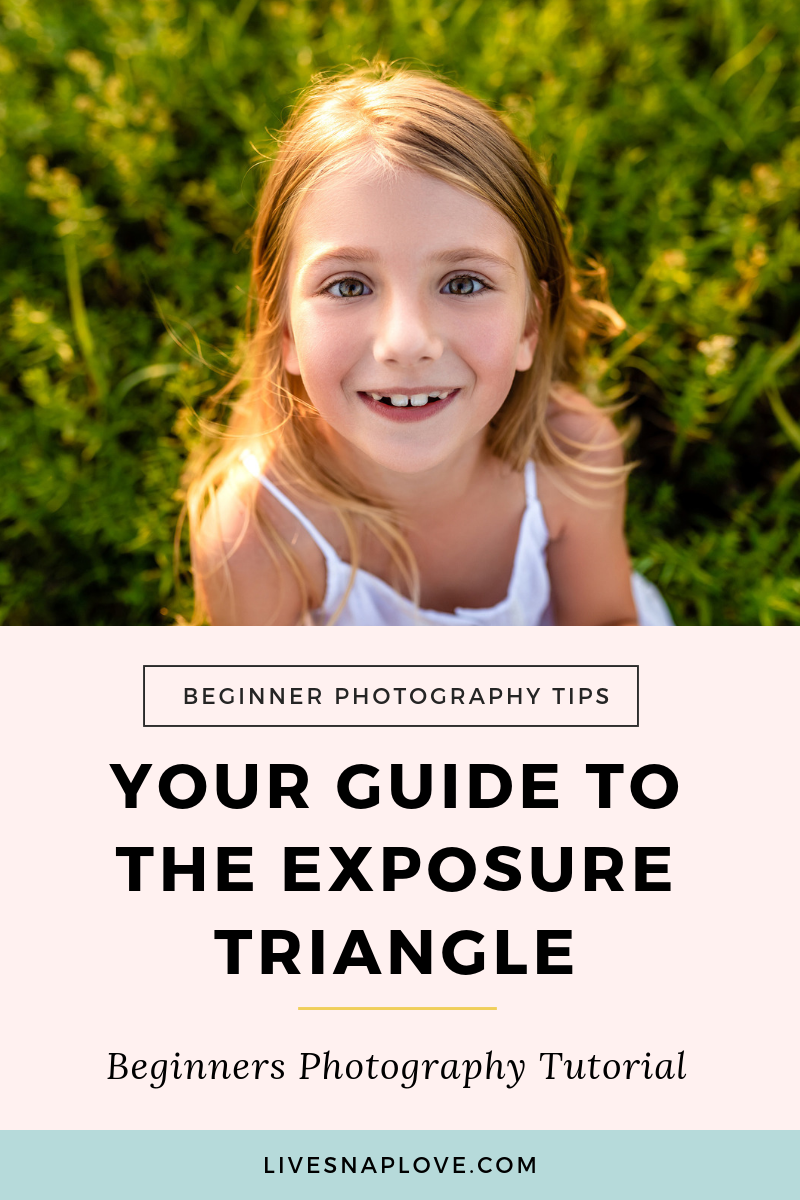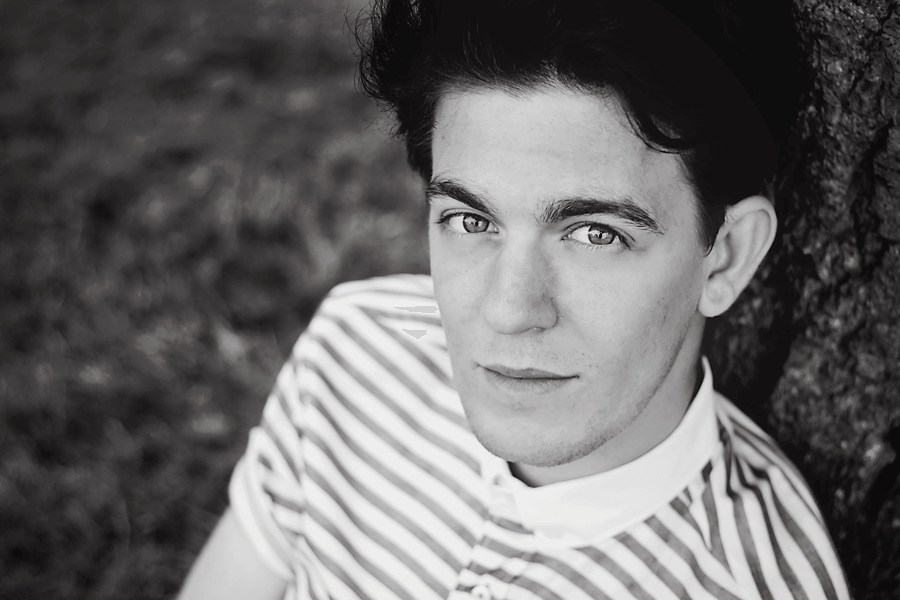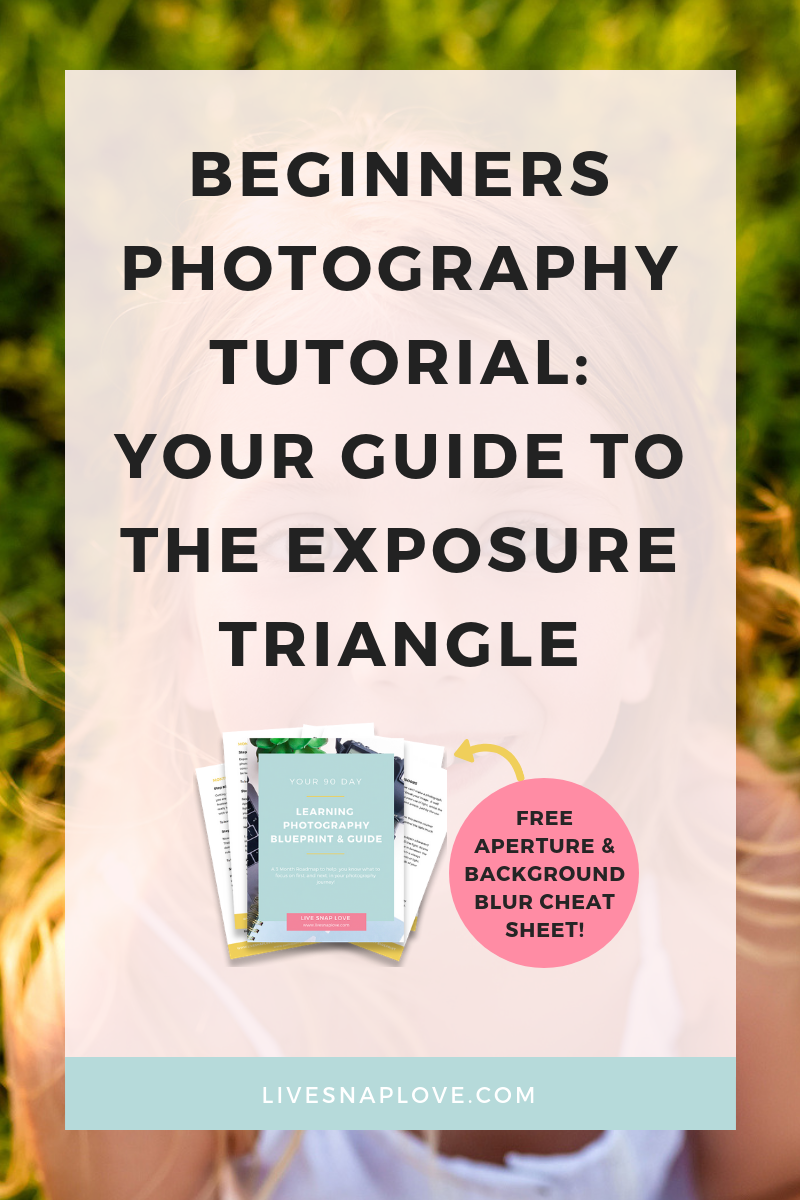Beginners Photography Tutorial: Your Guide to the Exposure Triangle
Today we are going to go right back to the very beginning for any brand new photographers out there, and lay open the foundations of capturing an image - exposure.
We’ll look at what exposure is, what the three elements are that allow us to control it, and finally how they all work together in something called the Exposure Triangle.
This is literally Step 1 in learning photography (and in fact is the very first lesson in my Auto to Awesome course!) but although it's fundamental, it can be anything but easy to grasp!
So it might take a few read throughs before it starts to make much sense if this is your first time learning about it, but don't worry, it does get easier as you move on 😃
So without further ado, let's get crackin'!
What is Exposure?
Just like our eyes, your camera needs light to be able to “see” and record the scene in front of it.
This light enters into your camera, hits the sensor, and makes an image. If you have too much light, your final image will be over-exposed, and if you don’t have enough light, your photo will be under exposed.
Getting correct exposure is nothing more than controlling how much light we let reach the sensor (or in other words how long the sensor is “exposed” to light) so that our recorded image is neither too bright nor too dark. Your DSLR takes care of this automatically in AUTO mode, but we want to learn how to control that, so that we get our images to look the way we want them to!
Our first step toward being able to do that is to understand a little bit about the ways in which light can reach the sensor in the camera, and therefore how we can control it.
The Three Elements of Exposure
There are three elements that work together to help you obtain correct exposure and they are, in no particular order, Aperture, Shutter Speed and ISO. Each of these elements controls how much light enters the camera and is therefore recorded.
Let’s have a very quick look at them individually.
APERTURE
is basically the size of an opening – a hole really - in your lens that lets light into your sensor. A large opening allows more light in, and a smaller opening, less light. By controlling our aperture we are simply controlling the size of that hole!
SHUTTER SPEED
refers to the speed in which the shutter of your camera opens and closes.(Think of these as curtains over your aperture/hole) If the shutter opens and closes slowly, it lets lots of light into the camera. If the shutter opens and closes again very fast, less light is able to get in.
ISO
is the last element of our triangle. This is our camera’s sensitivity to the light that your aperture and shutter speed are letting hit the sensor. ISO doesn't allow light into the camera in the same way as the other two elements - it simply works with the light that the Aperture and Shutter Speed have allowed in.
Here's my beautifully created, and very technical, view of how this looks inside your camera:
So where does this dang triangle everyone keeps talking about come in?
The “triangle” part is just a way of showing that there is relationship between each of these elements, and that they are all connected.
Think of it this way: when you get the correct exposure, all of these three elements are nicely balanced and you have a stable triangle. If you then went on to change just one of these elements, our perfect “triangle” would go out of whack and would no longer be balanced.
To bring our triangle back into shape (and get our exposure correct again) then we need to change one (or both) of the other two elements to compensate for the changes we made.
Let me give you an example.
Let’s say we have set our Aperture, Shutter Speed and ISO, and we have perfect exposure, but then we make a change to our shutter speed, making it faster. This lets less light into the camera, and therefore means we have changed the overall exposure. So, to get back to the same overall exposure, we need to change one (or both) of the two other elements to make up for that lost light.
We could either open up our aperture a bit to let more light in, or change our ISO to make it more sensitive to light. Once we have made these changes, our exposure is balanced again.
Our triangle is back in shape!
When In AUTO....
When you are in AUTO mode in your camera, your camera will do all of this for you. It sees how much light there is on the scene, and adjusts the ISO, Aperture and Shutter Speed to get the correct exposure. It will continually adjust these for you, in order to keep your triangle balanced, and your exposure correct.
So, what’s the problem I hear you say?!
Well, whilst this is wonderful, since it allows anyone to pick up a camera and take an image, all your images will ever have is a “middle of the road” quality to them.
That’s because your camera doesn’t know how you want your scene to look: whether you want to blur out the background for a portrait shot, how many people you need to have in focus, or whether you are trying to capture your subject on a swing. Since it doesn’t know any of this, it plumps for settings that can cover most eventualities, with "middle of the road" settings.
(If you want to read even MORE reasons why you want to take control of your camera, check this post out on why you need to learn manual mode)
Ready to take the next step? Then let’s start by switching away from Auto and using Aperture Priority Mode. This allows you to set your Aperture (and your ISO if you wish!) and the camera will balance the other elements of exposure for you. Get started by downloading my free Aperture Priority Cheat Sheet right here - don’t let the term cheat sheet fool you, this 8 page guide is super comprehensive and actionable, so head on over here now to grab it.













